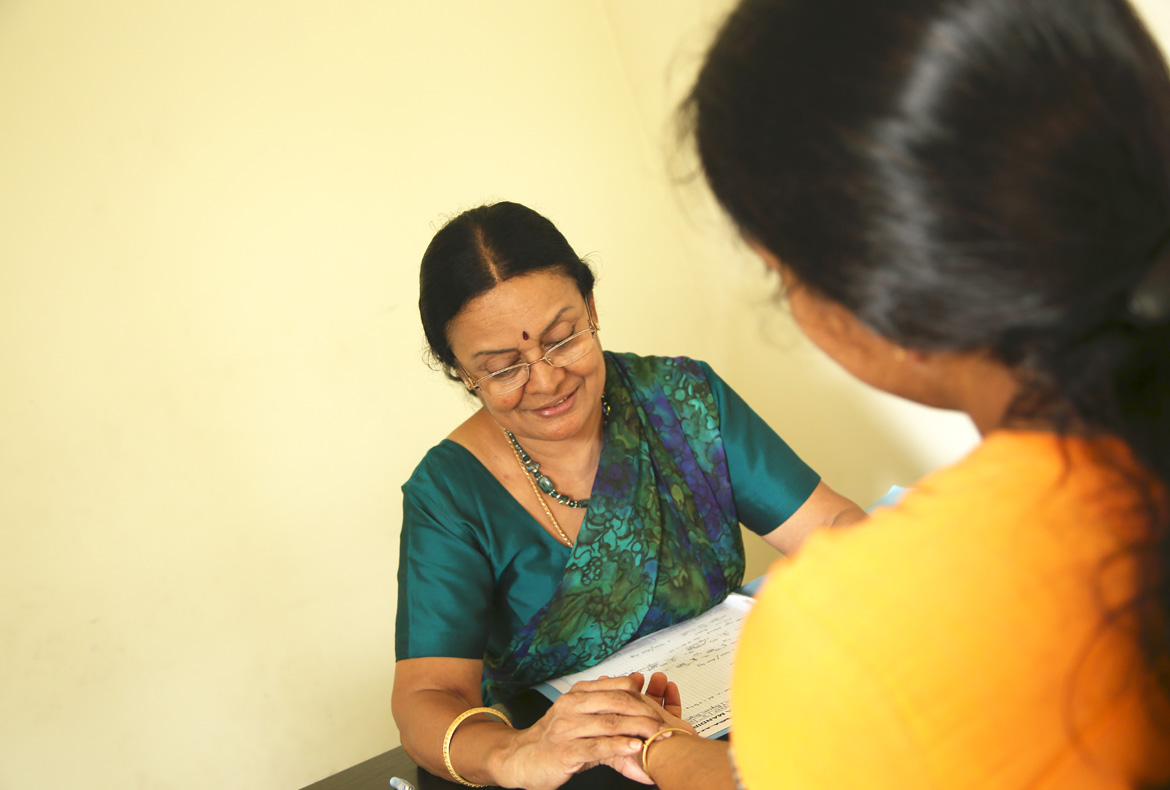Common Name of the Condition – Diabetes/ High Sugar
Scientific Name of the Condition:
- Insulin Dependent Diabetes Mellitus – Type 1 Diabetes
- Non-Insulin Dependent Diabetes Mellitus – Type 2 Diabetes
What is Diabetes?
Diabetes is a disorder that affects the way the body converts food into energy. Normally, food is digested and broken down to a simple sugar, known as glucose. It is this glucose that gives the needed energy for every cell in the body.
Insulin, a hormone produced by the pancreas, helps move the glucose into cells. Normally, the pancreas adjusts the amount of insulin produced based on the level of glucose in the body.
However, in people who have diabetes, there is a disturbance in this process, and blood sugar levels become too high.
There are two main types of diabetes. In Type I Diabetes, the pancreas produces very little or no insulin. Hence there is a marked in crease in the blood sugar. In Type 2 Diabetes, which is much more common, the pancreas produces insulin but the cells are resistant to it. Hence glucose metabolism is affected as, the glucose can’t move into the cells and blood glucose levels can become high.
Common Contributing Factors
- History of high blood pressure
- High blood triglyceride (fat) levels
- Obesity
- Gestational diabetes
- Ethnicity
- Aging
Contributing Lifestyle Factors
- High levels of job-related or personal stress
- Sedentary lifestyle
- Irregular sleeping/working hours
- Lack of exercise
Contributing Dietary Factors
- Over indulgence with respect to consumption of high fat/rich food
- Frequent smoking and/or consumption of alcohol
- Excessive consumption of sweets and carbohydrates
How Yoga Works
Yoga is an ancient discipline that is based on a sound philosophical foundation. Nevertheless, Yoga adopts a holistic view of the individual and offers an individual centric approach to various health issues, especially diabetes.
Yoga addresses not only the physical dimension, but the vital, mental and spiritual dimensions as well.
Yoga has a cumulative effect. It needs to be practiced for a long-duration with a strong intrinsic motivation. This is why Yoga is a process of empowerment because it enables the care seeker to take responsibility for his/her own health. It is for this reason that yoga is best learnt under the guidance of a competent teacher. Further, it is essential that the student meets the teacher and reviews his/her practice every few months to ensure the relevance of the practice at that point in the student’s life.
By addressing the student as a whole, Yoga contributes significantly to enabling clarity of the mind, which in turn, facilitates a clear-headed management of any diseased condition.
Tools of Yoga
Yoga uses a range of tools that are administered depending on the needs and capabilities of the care seeker. These tools include:
- Asana – practice of certain postures
- Pranayama – techniques of breath regulation
- Ahara – modifications in dietary habits
- Vihara – modifications in lifestyle
- Mantra – the use of certain special sounds/chants that have a healing effect
- Bhavana – use of simple techniques of visualisation
How Yoga Helps those with Diabetes
- One of the implications of high stress is the development of diabetes. Yoga helps in the reduction and effective management of stress.
- Yoga practice has a behavioural activation component which enhances and also preserves physical fitness, coordination and flexibility, while preventing or minimizing deterioration. Hence, yoga has special significance in the case of progressive metabolic disorders such as Diabetes.
- Yoga uses a range of simple but effective postures and breathing techniques that focus on the region of the lower abdomen, and thereby, stimulate the metabolic functionality of the system as a whole.
- The use of simple postures along with breathing can give a beneficial and active exercise routine, and help the student lose excess weight.
- Yoga as a sound system for coping with and managing stress, reduces anxiety, mental worries and emotional lows by building self-confidence. Yoga practices also to a large extent, stabilize mood swings and enhance overall psychological wellbeing.
- The long term complications of diabetes not only include retinopathy, vascular dysfunction and/or cardio vascular issues, the progression of the condition also impacts the brain and its functions. Practices of yoga incorporating its numerous tools provide support to maintain high cognitive quality of life among those afflicted with the condition. Further, regular practice of yoga facilitates the adoption of healthy life style practices, which are often resisted by those with Diabetes.
Some important guidelines
- It is advisable that those who have diabetes practice yoga after eating a light snack, as sudden bouts of activity can trigger hypoglycemic conditions.
- People who suffer from glaucoma, retinopathy and other diabetes induced complications in the head region are advised to avoid forward bends and inversions.
- It is essential that the care seeker continues any medication he/she is currently taking and must also keep his/her physician appraised of the fact that he/she is practicing yoga.
Some Important Do’s
- Regular walking
- Active lifestyle
- Exercise within one’s capacity
- Learn how to reduce and manage stress as much as possible
- Compliance with medication as prescribed by your doctor
- Eat a balanced and healthy diet that is rich in fibre, but low in salt, sugar and carbohydrates
- Reduce or try to completely stop smoking and/or consumption of alcohol
- Maintain a healthy weight and BMI
Some Important Don’ts
- Never stop/reduce medicine dosage unless instructed to by your doctor
- Avoid fried/high fat foods
- Don’t lead a sedentary lifestyle
- Avoid foods that have a high glycemic index (a measure of how fast a certain food can raise the blood sugar)
Nrithya Jagannathan, Consultant & Yoga Therapist, KYM


Sir, Will you send me your address and programmes through EMail.